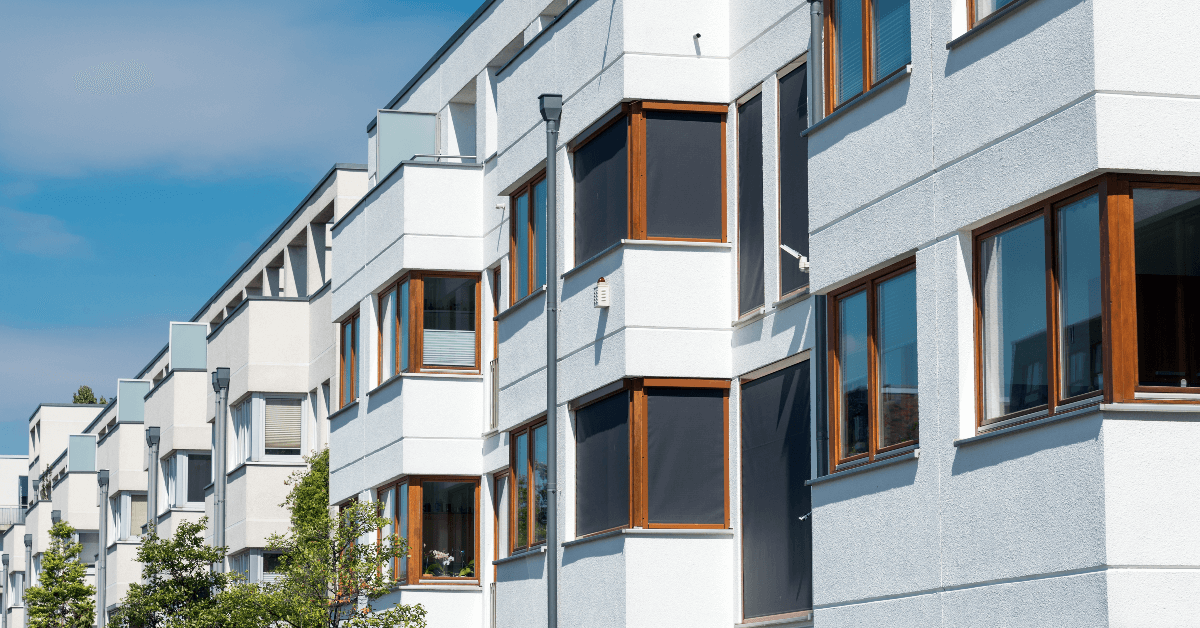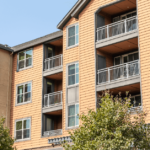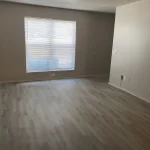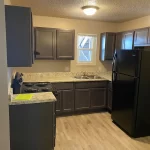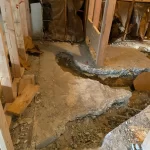When disaster strikes—be it a hurricane battering the shoreline, a wildfire racing through forests, or a flood sweeping across neighborhoods—recovery begins with one essential need: a safe and secure home. LIHTC disaster-resilient housing plays a crucial role in ensuring that safety is not a privilege, but a guarantee for vulnerable families. These developments are built to withstand nature’s toughest challenges, offering protection, stability, and hope in the aftermath of destruction. More than just structures, they represent resilience—fortifying communities so residents can return, rebuild, and recover faster. By combining affordability with robust LIHTC resilient construction methods, these projects minimize future risks while addressing urgent housing needs.
This blog will unpack why resilience is vital in affordable housing, explore how the Low-Income Housing Tax Credit program accelerates affordable housing disaster recovery, and highlight inspiring real-world examples of rebuilding communities with LIHTC for a safer tomorrow.
Why Disaster Resilience Matters in Affordable Housing
Affordable housing is already a lifeline for many families—but when it’s not built to handle disasters, it can quickly become another casualty. Imagine a neighborhood rebuilt after a flood, only to be damaged again the next year. That’s where affordable housing disaster recovery changes the narrative.
Key reasons resilience matters:
- Safety first: Stronger structures reduce injuries and fatalities.
- Long-term savings: Preventing damage avoids costly repairs.
- Community stability: Families can stay in their homes instead of relocating.
By applying LIHTC resilient construction techniques—like elevated foundations in flood zones or reinforced roofs in hurricane areas—builders create disaster-proof affordable housing that stands the test of time. Well-planned Multi-Family LIHTC Projects further extend these benefits, delivering resilient homes to entire communities rather than just individual households.
How LIHTC Helps Rebuild Communities After Disasters
The Low-Income Housing Tax Credit (LIHTC) program isn’t just about affordability—it’s a powerful tool for rebuilding communities with LIHTC after devastation. Here’s how:
- Financing resilience: LIHTC funding can cover upgrades like impact-resistant windows and advanced drainage systems.
- Speeding recovery: Developers can act quickly, delivering LIHTC recovery projects that get families home faster.
- Fostering collaboration: LIHTC encourages partnerships between state agencies, local governments, and private builders.
By prioritizing resilient low-income housing, LIHTC projects create homes that not only shelter but also protect. This approach ensures that Affordable Housing Construction is both durable and future-ready, giving communities the stability they need to thrive long after disaster strikes.
Examples of Disaster-Resilient LIHTC Projects
Across the country, LIHTC-funded developments are proving resilience isn’t a luxury—it’s essential.
Case Studies:
- St. Bernard Circle Apartments, New Orleans, LA- Part of HUD’s Choice Neighborhoods Initiative, this project incorporates hurricane- and flood-resilient building standards to ensure long-term durability in a city prone to severe storms.
- Hurricane-Ready Apartments in Florida – Elevated structures, storm shutters, and reinforced roofs ensure these LIHTC resilient construction homes stand strong.
- Wildfire-Safe Housing in California – Fire-resistant siding and metal roofs keep residents secure while reducing insurance costs.
- Flood-Resistant Townhomes in Texas – Built on raised foundations, these resilient low-income housing units avoid repeat flooding.
These stories show how LIHTC disaster-resilient housing transforms recovery into long-term security.
Preparing for Future Challenges with LIHTC
Climate change isn’t slowing down—so neither can we. By prioritizing disaster-proof affordable housing now, we can protect future generations and strengthen communities. Whether it’s affordable housing disaster recovery after storms or LIHTC recovery projects in wildfire zones, the message is clear: building for resilience is building for survival.
Contact us today to learn how LIHTC disaster-resilient housing can help create safer, stronger neighborhoods through our Affordable Housing Construction and Multi-Family LIHTC Projects expertise.

